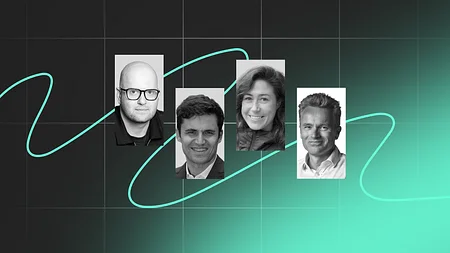My retail payments journey from Harare to London

The research on retail payments that I have done over the past couple of months had me thinking about my own payments journey and left me wondering how my own behaviour has evolved and what drove me to make such payments?
Buying sweets in Harare
One of my earliest memories of making payments was when I was four and going to ‘buy’ sweets from my grandfather’s grocery store.
Before that, I would just walk in and grab whatever I wanted and my grandfather would settle my bill after. As I started to understand the concept of money and buying items, I would be given cash to make purchases.
At the time, inflation was not an issue in Zimbabwe and most of my payments were made using small-value notes and coins. As I got older, the types of payments extended beyond my grandfather’s grocery store and the value increased (e.g. transport and food), but I still paid in cash and rarely had a note higher than ZW$10.
Why? Well, even though there were other payment methods, the types of payments I made were of low value and cash was the only method accepted by most of the merchants I visited.
Moving away from cash in London
Even after I moved to a new city at 12, not much changed in how I paid. At 13, I obtained my first payment card, which I mainly used for cash withdrawals out of habit and the trust I had in cash.
This started to change when I became a university student, I began making higher-value payments frequently, such as season travel tickets at the station. Carrying large sums of cash was inconvenient and insecure and therefore cards started replacing cash. I still didn’t trust online payments so I would use prepaid cards. They let me control my spending and were not a security risk as they were not connected to my bank accounts.
The arrival of mobile NFC payments linked to a digital wallet, in my case ApplePay, was the saving grace
As my awareness of card security grew, the convenience and speed started to change my habits and my cards became my go-to payment tool. By the time contactless cards were picking up momentum in London I was already using the Oyster card underground, making the transition to contactless payments easy. So much so that when I visited NYC in 2015, I was annoyed at being unable to use this payment method.
Though my card payments were quick, there was still friction. I would also have to constantly take my card out and always felt I needed to carry a bag or wallet to keep it in.
The arrival of mobile NFC payments linked to a digital wallet, in my case ApplePay, was the saving grace. I always have my phone on me and paying isn’t disruptive to other functions such as listening to music or calls. Furthermore, I can use this contactless type of payment for values higher than £30, just by simply authenticating with my finger. And with the World Health Organisation encouraging more contactless payments in the midst of the coronavirus pandemic, I am glad I have already moved from bank notes, which are known carriers of the virus.
Making invisible payments in the future
The evolution of my behaviour when it comes to payments mirrors that of millions of other people. Moving forward, consumers will continue to require security, efficiency, speed, transparency and global reach in new payment systems. Though these are starting to appear in some payment systems, they are not yet firmly rooted in the entire value chain and this is where the future focus should be.
Technology has played a key role in changing the way peoplearound the globe make payments and it will remain a key component in innovating payments. The retail payments landscape will continue to evolve as the way we pay becomes invisible and systems start incorporating artificial intelligence. In the meantime, you can find out how consumers in other parts of the world are making retail payments here.


